The world of retro gaming emulation exists in a peculiar legal twilight zone, where nostalgia meets modern technology in ways that challenge traditional copyright frameworks. As millions of gamers seek to relive childhood memories through classic consoles like the NES, SNES, and Sega Genesis, the emulator community continues thriving despite persistent legal ambiguities.
At the heart of this gray area lies a fundamental disconnect between copyright law and technological reality. While emulators themselves are generally legal when developed without proprietary code, the act of distributing or downloading ROMs (read-only memory files) containing copyrighted game software remains illegal without explicit permission. This creates an ethical and legal paradox where the tools are lawful but their most common use case violates copyright.
The legal landscape becomes even murkier when considering abandoned games - titles whose copyright holders no longer exist or have stopped distributing the software. Many preservationists argue that emulation serves as crucial digital archaeology for gaming's cultural heritage when companies fail to maintain access to their back catalogs. Yet even in these cases, the letter of the law provides no clear exceptions.
Major console manufacturers have taken varied approaches to this challenge. Nintendo maintains one of the most aggressive stances, regularly issuing DMCA takedowns against ROM sites while offering its own paid classic games through services like Nintendo Switch Online. Meanwhile, Sega has occasionally embraced the emulation community, even collaborating with fan projects that meet certain quality standards.
Legal scholars note that copyright holders face difficult strategic decisions regarding enforcement. Overly aggressive legal action risks alienating passionate fans who often become paying customers for new releases. Yet turning a blind eye to piracy could theoretically weaken future copyright claims under the legal doctrine of laches (unreasonable delay in enforcing rights).
The technical aspects of emulation further complicate the legal picture. Modern emulators typically use clean-room reverse engineering techniques, where developers create original code that mimics console behavior without directly copying proprietary firmware. This approach helped establish legal precedents like Sony Computer Entertainment, Inc. v. Connectix Corp., where courts ruled emulation constituted fair use when properly implemented.
Region-locking and format obsolescence add additional ethical dimensions to the debate. Many classic games were never released in certain territories, or exist on deteriorating physical media that will eventually become unplayable. Emulation often serves as the only means for international audiences to experience these titles or for preservationists to save games from literal disintegration.
The economic impact remains hotly contested. While publishers argue emulation cuts into potential re-release revenue, some studies suggest the opposite effect - that accessible classic games actually stimulate demand for modern entries in long-running franchises. The success of Nintendo's Classic Mini consoles, released decades after the original games, demonstrates ongoing commercial potential when companies embrace their back catalogs.
Legal experts observe that current copyright durations - typically lasting 70 years after the creator's death for individual works - create particularly absurd situations for video games. Unlike books or films that remain accessible through libraries or streaming, most classic games become legally inaccessible unless actively maintained by rights holders. This reality fuels the emulation community's moral justification for preserving gaming history.
The rise of FPGA (Field-Programmable Gate Array) technology introduces new wrinkles to the legal discussion. These hardware-based emulators replicate original console chips at the transistor level without using proprietary code, potentially offering a more legally defensible approach. However, their ability to run commercial ROMs still raises copyright questions when users don't own original copies.
Looking ahead, the emulation landscape may evolve through several potential developments. Some industry watchers predict more companies will follow Sega's approach of selectively authorizing quality emulation projects. Others anticipate technological solutions like blockchain-based verification systems that could legally link ROMs to original purchases. Meanwhile, legal reforms around abandoned works and digital preservation could potentially legitimize certain emulation practices.
For now, the retro gaming community continues operating in this ambiguous space, balancing legal risks against cultural preservation. As technology advances and copyright laws struggle to keep pace, this complex interplay between innovation, nostalgia, and intellectual property shows no signs of simple resolution. The enduring popularity of classic games ensures these questions will remain relevant as new generations discover gaming's rich history through emulation.
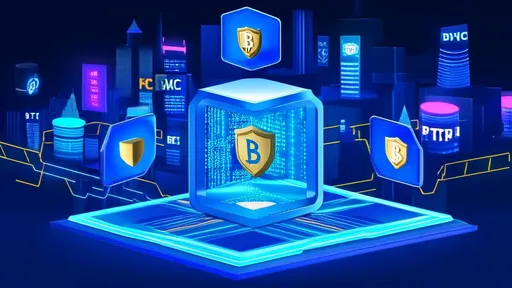
By /Jul 21, 2025
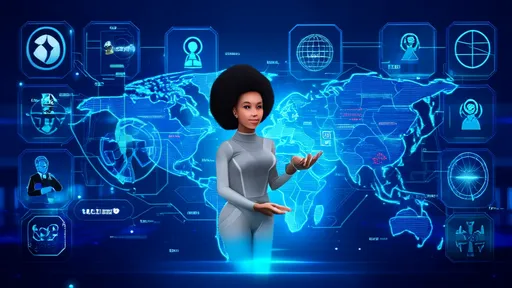
By /Jul 21, 2025
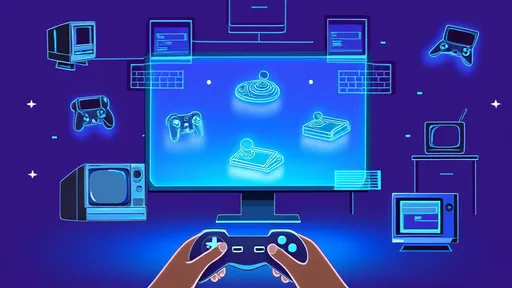
By /Jul 21, 2025
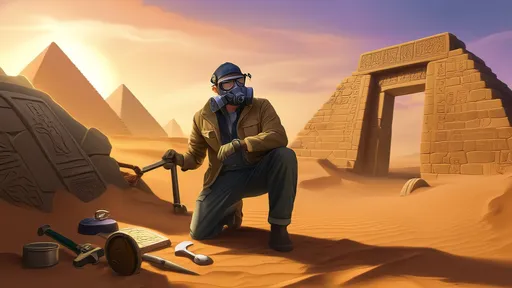
By /Jul 21, 2025

By /Jul 21, 2025

By /Jul 21, 2025
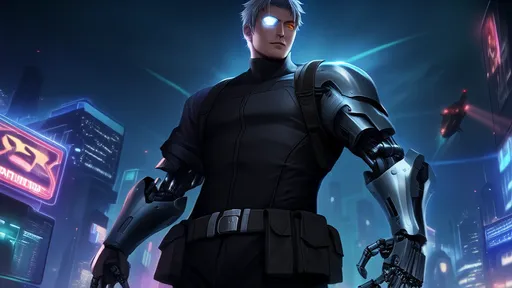
By /Jul 21, 2025
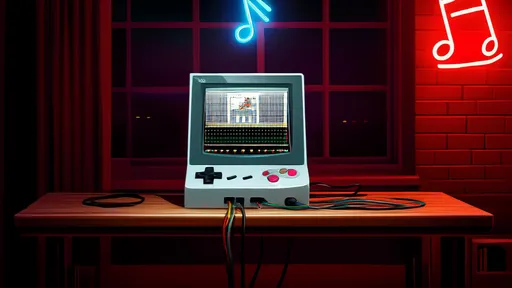
By /Jul 21, 2025
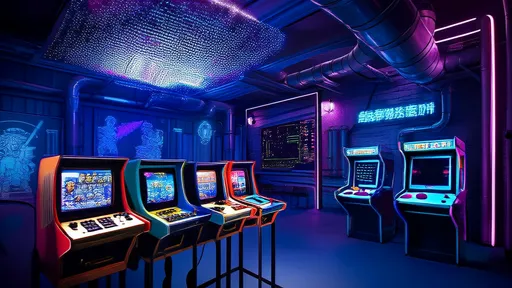
By /Jul 21, 2025
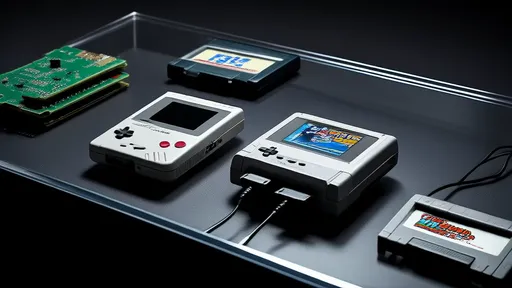
By /Jul 21, 2025
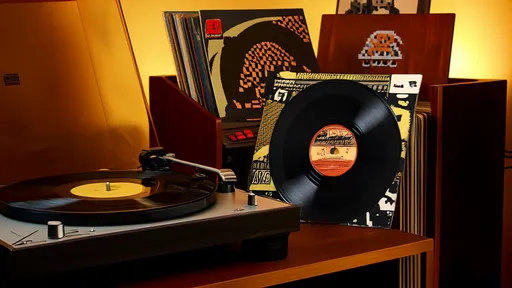
By /Jul 21, 2025
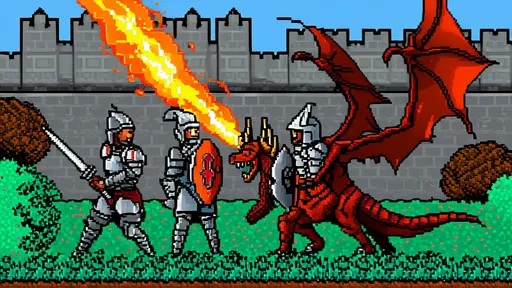
By /Jul 21, 2025

By /Jul 21, 2025
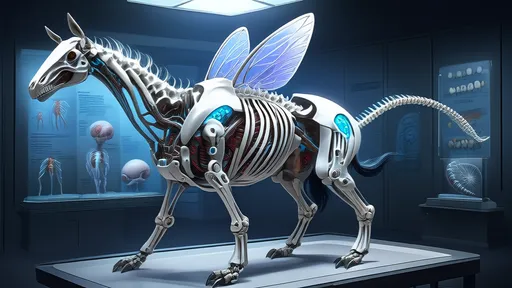
By /Jul 21, 2025

By /Jul 21, 2025

By /Jul 21, 2025

By /Jul 21, 2025
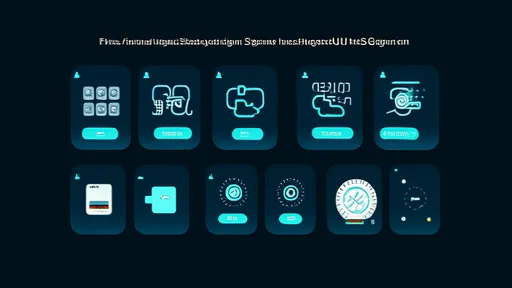
By /Jul 21, 2025